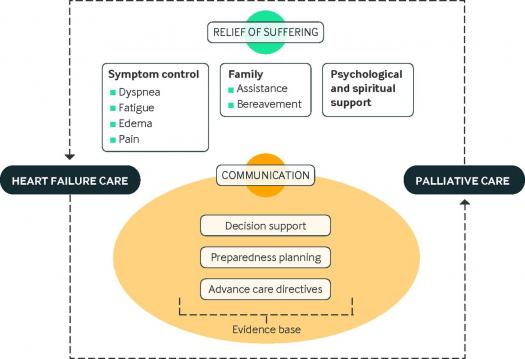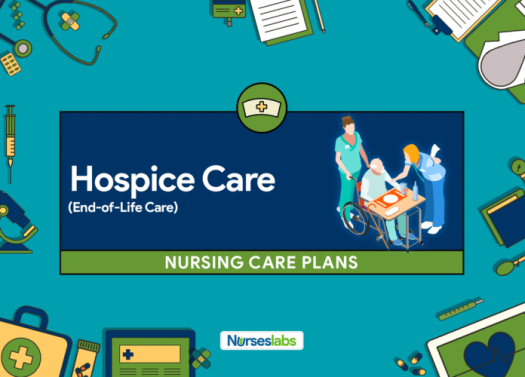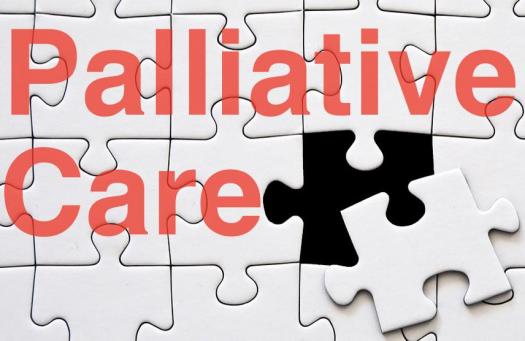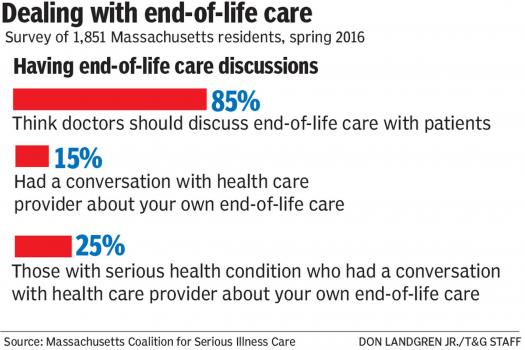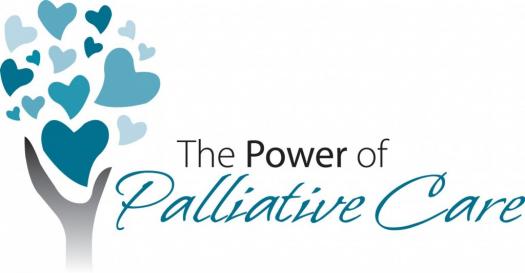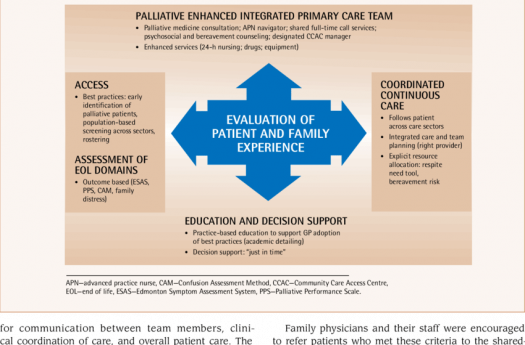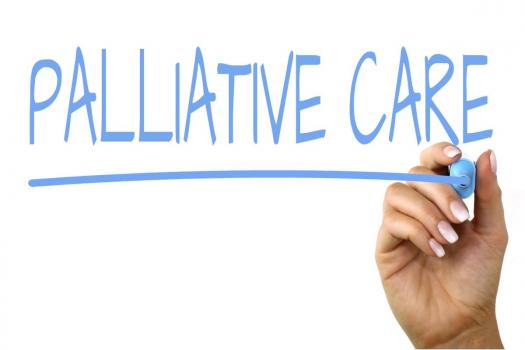The Ultimate End Of Life / Palliative care Quiz

End of Life Care also known as EoLC is healthcare for all individuals who are terminally ill and individuals who are at the final periods of their life. This is based on the belief that the last days of a persons life should be painless. It does not only include medical care but all gestures of affection the sick can get before he/she pass away. Would you love to be a volunteer? Take this quiz to get prepared.
- 1.
When was the end of life care programme established in UK?
- A.
2003
- B.
1996
- C.
2004
- D.
2002
Correct Answer
C. 2004Explanation
The end of life care programme was established in the UK in 2004.Rate this question:
-
- 2.
When was the national strategy document for palliative care published in UK?
- A.
2000
- B.
2006
- C.
2010
- D.
2008
Correct Answer
D. 2008Explanation
The national strategy document for palliative care was published in the UK in 2008.Rate this question:
-
- 3.
What country ranked highest globally in the study of end-of-life care in 2015?
- A.
India
- B.
United Kingdom
- C.
Canada
- D.
Germany
Correct Answer
B. United KingdomExplanation
The United Kingdom ranked highest globally in the study of end-of-life care in 2015. This means that the United Kingdom was considered to have the best quality of care for individuals nearing the end of their lives compared to other countries. The study likely evaluated factors such as access to palliative care, pain management, support for patients and their families, and overall quality of end-of-life services.Rate this question:
-
- 4.
Which of these acts is not an end-of-life care?
- A.
Putting lotion on the delicate skin
- B.
Holding hands
- C.
Helping the sick walk around
- D.
Combing hair
Correct Answer
C. Helping the sick walk aroundExplanation
Helping the sick walk around is not considered an end-of-life care because it implies that the person is still able to move and requires assistance for mobility. End-of-life care typically focuses on providing comfort and support to individuals who are terminally ill and may not have the physical ability to walk or perform daily activities. Therefore, the act of helping the sick walk around does not align with the concept of end-of-life care.Rate this question:
-
- 5.
Which of these is not a sign that death may be near?
- A.
Drowsiness
- B.
Increased sleeping
- C.
Increased appetite
- D.
Unresponsiveness
Correct Answer
C. Increased appetiteExplanation
Increased appetite is not a sign that death may be near. In fact, it is quite the opposite. When death is approaching, a person's appetite usually decreases or they may lose interest in eating altogether. This can be due to various factors such as the body shutting down, decreased metabolism, or changes in the person's overall condition. Therefore, increased appetite is not typically associated with the end of life.Rate this question:
-
- 6.
How can pain be managed in end-of-life care?
- A.
Administration of morphine
- B.
Administration of formaldehyde
- C.
Administration of paracetamol
- D.
Administration of atropine
Correct Answer
A. Administration of morphineExplanation
In end-of-life care, pain can be managed through the administration of morphine. Morphine is a powerful opioid analgesic that is commonly used to alleviate severe pain. It works by binding to opioid receptors in the brain and spinal cord, blocking the transmission of pain signals and providing relief. Morphine is often prescribed in end-of-life care to help patients manage pain and improve their quality of life. It is important to carefully monitor the dosage and side effects of morphine to ensure optimal pain management and patient comfort.Rate this question:
-
- 7.
Which of these is not associated with agitation in end-of-life care patients?
- A.
Restlessness
- B.
Delirium
- C.
Respiratory tract infections
- D.
Terminal anguish
Correct Answer
C. Respiratory tract infectionsExplanation
Respiratory tract infections are not typically associated with agitation in end-of-life care patients. Agitation is commonly seen in patients experiencing restlessness, delirium, and terminal anguish. Respiratory tract infections may cause physical discomfort and distress, but they do not directly contribute to agitation in these patients.Rate this question:
-
- 8.
Which of these is controlled by use of benzodiazepines?
- A.
Respiratory tract infections
- B.
Fever
- C.
Pain
- D.
Agitation
Correct Answer
D. AgitationExplanation
Benzodiazepines are a class of medications that are commonly used to treat anxiety and agitation. They work by enhancing the effects of a neurotransmitter called gamma-aminobutyric acid (GABA) in the brain, which helps to reduce feelings of anxiety and promote relaxation. Therefore, it can be inferred that the use of benzodiazepines is specifically controlled and targeted towards managing agitation.Rate this question:
-
- 9.
Which of these symptoms is associated with breathlessness?
- A.
Agitation
- B.
Fever
- C.
Dyspnea
- D.
Nausea
Correct Answer
C. DyspneaExplanation
Dyspnea is the medical term for breathlessness or difficulty in breathing. It is a symptom commonly associated with various respiratory conditions such as asthma, chronic obstructive pulmonary disease (COPD), pneumonia, and heart failure. It can also be caused by anxiety, panic attacks, and physical exertion. Agitation, fever, and nausea are not directly related to breathlessness.Rate this question:
-
- 10.
Which of these route of administration can be assisted for such patients?
- A.
Oral administration
- B.
Intra-dermal administration
- C.
Rectal administration
- D.
Subcutaneous administration
Correct Answer
A. Oral administrationExplanation
Oral administration can be assisted for such patients because it is a convenient and non-invasive route of drug administration. It involves taking medication through the mouth, either in the form of tablets, capsules, or liquids, which can be easily swallowed. This route is suitable for patients who have difficulty swallowing or are unable to receive medication through other routes such as injections. Additionally, oral administration allows for slow and controlled release of the drug into the bloodstream, making it an effective and commonly used route of administration.Rate this question:
-
Quiz Review Timeline +
Our quizzes are rigorously reviewed, monitored and continuously updated by our expert board to maintain accuracy, relevance, and timeliness.
-
Current Version
-
Mar 21, 2023Quiz Edited by
ProProfs Editorial Team -
Dec 12, 2018Quiz Created by
AdewumiKoju
 Back to top
Back to top



